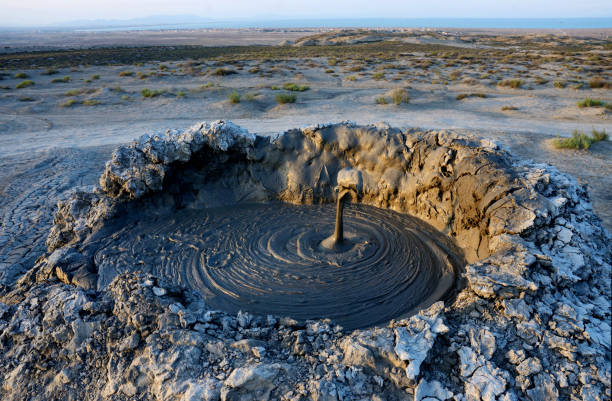Gobustan Mud Volcanoes
DESCRIPTION
There is a historical place near the city of Baku. The name of this place is Gobustan Mud Volcanoes. Gobustan is a reserve where a complex of archaeological monuments is protected in the territory of Azerbaijan. The reserve is located 56 km from the capital Baku (+. The reserve, operating since 1966, covers the area of Beyuk Dash, Kichkdash, and Yazili Tepe in Cingirdag, Shongar, and Shikhgaya mountains.
A museum also operates here. The reserve mainly exhibits Mesolithic (Middle Stone Age) monuments. The open-air reserve preserves rock paintings made by ancient people, as well as other material sources related to their life and lifestyle.
Human and animal depictions of hunting, fighting, and dancing scenes preserved in the Gobustan Reserve allow us to learn which animals were hunted by the most ancient people and by what methods. Yalli scenes are among the most interesting paintings of the Gobustan reserve.
In addition to ancient paintings, words written in Latin were discovered in Gobustan, at the foot of the Beyukdash mountain. This article dates back to the 1st century BC and mentions the presence of Roman troops near Baku.
In 1939, archaeologist Ishaq Jafarzadeh, the first researcher of Gobustan, informed world science for the first time about these unique places. Ishaq Jafarzade discovered about 5000 rock paintings in Gobustan.
Twelve human skeletons were discovered as a result of archaeological excavations in Gobustan in 1972. The anthropological structure of the skull bones of the people in the Late Mesolithic grave opened in the Firuz camp, during their scientific study, it was determined that they are the ancestors of modern Azerbaijanis.
Different researchers have expressed different opinions about the origin and meaning of the name Gobustan. However, the most widely used idea is the formation of toponyms related to geographical conditions. According to that opinion, Gobustan is considered the land of gobos and ravines. Gobustan State Historical-Artistic Reserve has been included in UNESCO’s World Material and Cultural Heritage List since 2007.

